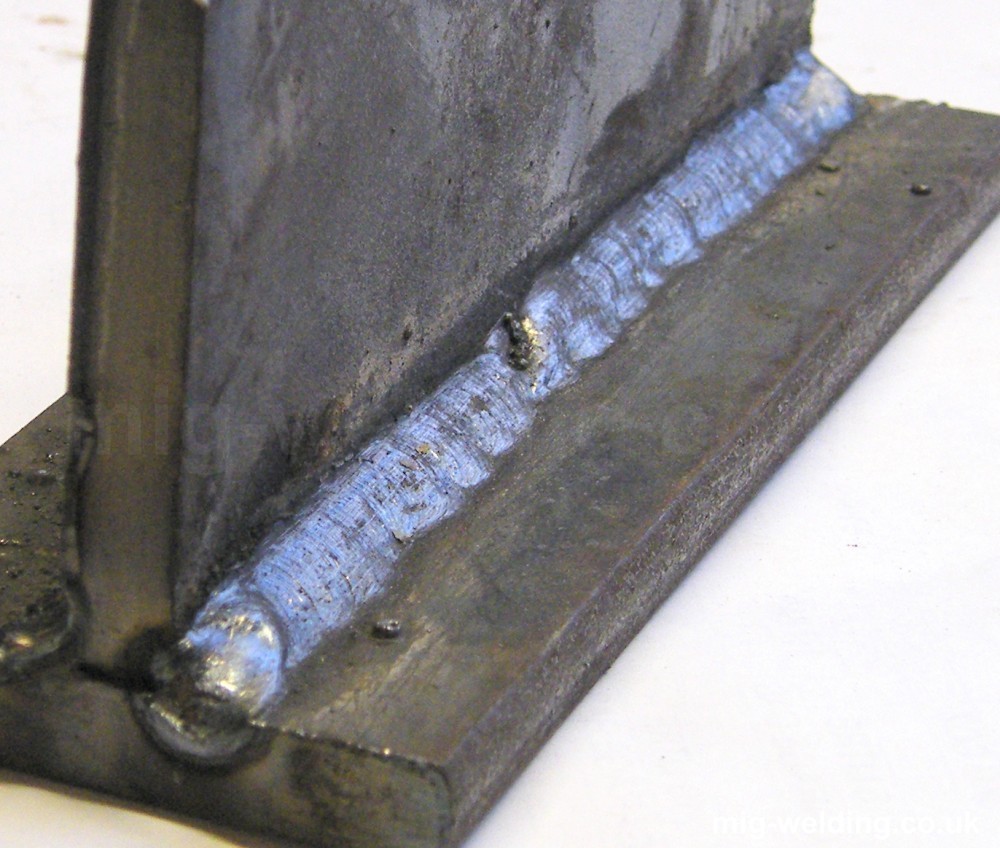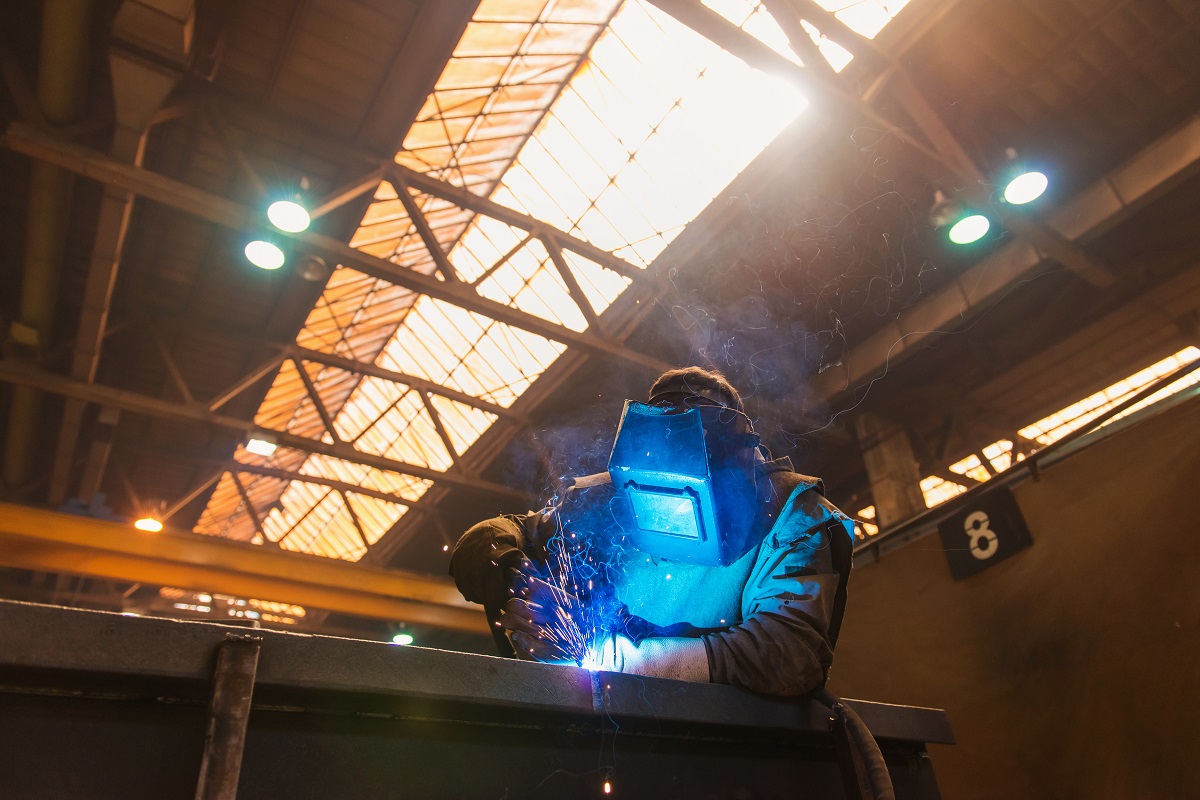A Comprehensive Overview to Identifying, Stopping, and Dealing With Undercut Welding Troubles in Your Welding Projects
In the world of welding, experiencing undercut issues is a common obstacle that can compromise the structural honesty and total quality of your welding jobs. Keep tuned as we discover the necessary parts of identifying, preventing, and repairing undercut welding troubles, supplying you with useful understandings and strategies to elevate your welding skills to the following degree.
Usual Root Causes Of Undercut Welding
Undercut welding, a typical issue in welding procedures, can be brought on by different aspects that require to be very carefully determined and dealt with to make sure the stability of the weld joint. One of the main causes of undercut welding is too much warmth input. When the welding specifications, such as voltage, current, or travel rate, are not effectively set, an extreme amount of warmth can be produced. This excess warm results in the melting and subsequent elimination of the base material along the sides of the weld joint, producing a groove known as undercut.
An additional common source of undercut welding is incorrect welding strategy. Poor control of the welding lantern or weapon, inaccurate angle or distance between the lantern and the work surface, or inconsistent traveling speed can all add to the formation of undercut. Furthermore, utilizing the incorrect welding consumables or electrode size for a specific joint setup can lead to undercut problems. Recognizing these origin creates and applying rehabilitative procedures is important in preventing and fixing undercut welding issues in welding projects.
Identifying Undercut in Welds

To determine undercut precisely, correct lights and zoom devices are vital to check the weld joint completely. Using tools such as a welding gauge or a magnifying glass can help in detecting even the smallest undercut flaws. Additionally, running a finger or a finger nail along the weld joint can sometimes reveal undercut, as the surface area may feel uneven or have a dip where the undercut exists.
Preventative Steps for Undercut
Having a deep understanding of the causes of undercut in welds permits for the implementation of efficient preventive procedures to preserve weld high quality and integrity. These settings need to be enhanced to stop excessive heat input, which can lead to damage development.

Methods for Repairing Undercut

To address undercut problems successfully, welders can employ specific methods targeted at fixing the flaw and restoring the honesty of the weld joint. One method view is to change the welding parameters, such as the voltage, existing, and travel rate, to make sure appropriate warm input and fusion. Boosting the welding current or minimizing the traveling speed can aid complete the undercut. Additionally, altering the my explanation welding method from a push to a drag or the other way around can also assist minimize undercut.
Another technique is to make use of a weaving motion while welding to guarantee correct sidewall fusion and fill in the undercut. By oscillating the welding arc back and forth within the weld joint, the welder can deposit much more filler product right into the undercut areas, effectively removing the flaw.
In addition, grinding out the undercut and rewelding the joint can be a viable option for more extreme undercut issues - Preventing weld undercut. This procedure involves getting rid of the undercut area, preparing the base steel, and then rewelding the joint with proper welding specifications and strategies to avoid undercut from reoccurring

Specialist Tips for Avoiding Undercut
Using correct welding techniques and preserving control over vital welding specifications are essential approaches for welders aiming to avoid undercut in their weld joints. Furthermore, picking the proper welding process and filler metal for the particular application can aid protect against undercut. Preserving a constant traveling rate during the welding process is one more vital pointer to prevent undercut.
Conclusion
In final thought, recognizing, avoiding, and taking care of undercut welding troubles in your welding tasks is crucial for making sure solid and sturdy welds. Preventing weld undercut. By understanding the typical reasons for undercut, having the ability to recognize it in welds, applying preventative procedures, and making use of correct methods for taking care of undercut, you can stay clear of possible concerns and develop high-quality welds. Following specialist tips for preventing undercut can help you improve your welding abilities and generate far better lead to your tasks
Undercut welding, an Continue usual problem in welding processes, can be caused by various elements that need to be carefully recognized and dealt with to make sure the honesty of the weld joint. Furthermore, running a finger or a finger nail along the weld joint can occasionally expose undercut, as the surface may really feel unequal or have a dip where the undercut exists.
Utilizing correct welding techniques and keeping control over crucial welding parameters are crucial approaches for welders aiming to prevent undercut in their weld joints.In verdict, identifying, avoiding, and taking care of undercut welding issues in your welding projects is vital for ensuring long lasting and strong welds. By recognizing the typical causes of undercut, being able to recognize it in welds, carrying out preventive actions, and utilizing appropriate techniques for dealing with undercut, you can avoid possible issues and create high-quality welds.